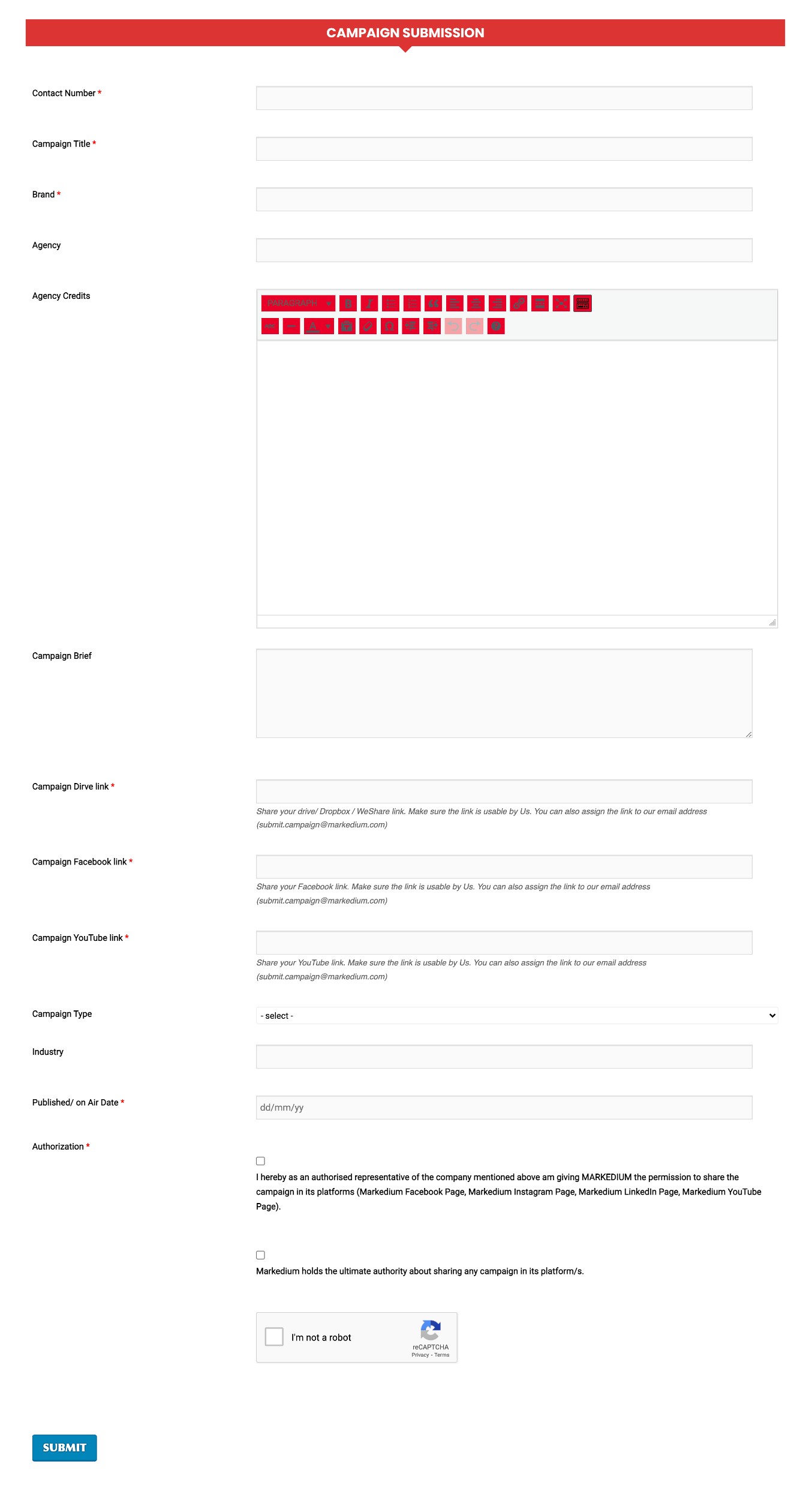
Functional Glasses Herald Next AR Stage Launch2 min read
In the technological realm, 2024 is poised to witness significant strides in the development of augmented reality (AR) wearables, particularly the next-generation AR glasses. While mainstream adoption may not be imminent, real-world testing by major developers indicates promising progress.
Meta and Snapchat, along with Apple’s forthcoming Vision Pro, are at the forefront of these innovations. Reportedly, the high production costs, notably the $3,499 retail price of Apple’s Vision Pro, present a barrier to widespread consumer adoption. Meta, acknowledging similar challenges, plans to focus on reducing costs before its anticipated consumer launch in 2027.
The landscape of AR wearables remains dynamic, leaving uncertainty about whether these devices will represent an entirely new paradigm or an advanced iteration of existing models, such as Meta’s Ray Ban Stories. Meta expresses confidence in the functionality of its AR wearables and aims to explore production efficiencies and partnerships to enhance accessibility.
Looking beyond 2024, the broader concept of the metaverse, encompassing AR, virtual reality (VR), and artificial intelligence (AI), remains a long-term vision for Meta. The realization of this vision may extend into the 2030s, driven by a new generation of digital natives immersed in metaverse-like spaces. AR, as a precursor to the metaverse, is expected to introduce novel marketing opportunities. Location-based ads and real-time promotions displayed to users are among the strategies that businesses may leverage in this evolving landscape.
Snap, a key player in AR development, has filed patents related to AR integration, emphasizing its position in effective AR solutions. Despite being at the forefront, Snap faces challenges due to production costs. Potential partnerships with industry giants like Apple or Microsoft could shape Snap’s impact in the AR space.
In essence, AR glasses have already initiated transformative experiences, with the next stage focusing on cost reduction and consumer-friendly packaging. While mass adoption might not be immediate in 2024, understanding and investing in AR and AI are crucial for marketers preparing for the future of digital interaction. As the technological landscape evolves, education in AR development through platforms like Snap, Apple’s ARKit, and Meta’s Spark AR becomes imperative for professionals navigating the dynamic field.
For more updates, be with Markedium.


